
“But I don’t really think about SEO very much anymore.”
That was my initial reaction when we all agreed that March would be SEO month here at Copyblogger. At which point, of course, I knew I’d have to write about it.
“Look, I just create useful content for people. Do that, get it read, get it shared, get links, have good hosting and fast page-load times … and productive search engine results will follow, right? I mean, what else is there to say?”
Turns out, plenty.
Keyword research is more fundamental to your content marketing strategy than you may think. Also, you may already be making fatal optimization mistakes. Plus, who knew SEO advice could be so … practical? (Including #8, which will punch you square between the eyes.)
I read those articles, rethought my position, and decided to examine exactly how much I actually think about SEO on a post-by-post basis.
And, turns out, plenty. (Whether or not I realized it.)
It’s easy to forget about the basic steps I’m going to outline below, but they shouldn’t be overlooked. Because the minute I stop doing them is the minute my content starts attracting fewer targeted visitors. Same goes for you.
So let’s start at the top, because the first one is by far the most important of the seven — and it will take me the longest to explain.
(Note: I’m going to use my site AssemblyCall.com as an example throughout this post. It’s built on the Rainmaker Platform, which has all of the tools I’m about to mention built right in. And thank goodness, or I’d probably forget about them. StudioPress Sites has all of these tools built in, too.)
1. Be extra intentional about your SEO title tag
You don’t have to set an SEO title tag for each post. If nothing is defined in your post’s meta data, search engines will simply pull your on-page headline.
And if you’ve done your headline homework and know how to write good ones, chances are your headline can double as your SEO title without massive negative repercussions.
But is it ideal? That’s the question. (It’s not.) And if it’s not, why wouldn’t you take an extra minute to be more intentional with your SEO title?
Let me give you an example …
Here’s a recent post from AssemblyCall.com. Backstory: our resident expert bracketologist posted his final projections for the NCAA Men’s Basketball Tournament.
The headline follows the same simple and straightforward pattern that you see on all of our bracketology posts.
But here is the SEO title, set from the post edit screen inside of Rainmaker:
You can’t see the full title, but here it is:
March Madness: Final Bracket Projections for 2017 NCAA Tournament by @AndyBottoms.
So why the differences?
First, because “March Madness” is an oft-searched term by basketball fans seeking this information — which I know from having done my keyword research. But the headline “March Madness: Final 2017 NCAA Tournament Bracket Projections” would look goofy and cluttered at the top of the page, especially on mobile.
Adding it to the SEO title allows me to get it into the search result, where it will have the most impact.
Second, I know that the first five to six words in an SEO title are the most important real estate. After that, people may not see the rest because it can get truncated in search results (as you can see in the screenshot).
So I rearranged the on-page headline to get “Final Bracket Projections” in before “2017 NCAA Tournament.” Why? Because the latter phrase is somewhat redundant with “March Madness.” But it’s essential that searchers know what, specifically, this post will tell them about March Madness, otherwise they won’t click.
This arrangement of the words balances the more generally searched terms with the essential specifics about the content — which is the part that actually drives clicks.
Third, notice the Twitter handle (@AndyBottoms) there at the end. Did you know that when people click the share button to tweet your post, Twitter usually pulls the SEO title, not the on-page headline? It’s true.
Since Andy is a known entity among college basketball fans for his bracketology prowess, I included his Twitter handle to add authority to the link when it’s included in the tweet text. Plus, he’ll be alerted when someone shares it and can retweet the share or reach out to that person.
Three small, subtle differences. All important. And each opportunity would have been wasted if I’d just been happy with the on-page headline and not considered the SEO title.
And here’s the fun part:
It took me way longer to type this, and for you to read this, than it did for me to edit the headline for the SEO title. I’ve been at this for a while, so it’s second nature at this point. So much so that I sometimes take it for granted.
If you haven’t developed this habit yet, take it seriously. Start doing it. And once it’s a habit, you’ll be creating usefully distinct SEO titles in less time than it takes you to floss.
2. While you’re at it, be strategic with your meta description too
You might as well take a minute to define your meta description. Typically, this is what shows along with your SEO title in search engine results.
Sure, search engines sometimes take liberties and pull their own excerpt from inside of your post for the meta description — usually when the search result is generated by a keyword that is not in the meta description but appears elsewhere in your content.
But we can’t worry about that. We’re worrying about the results we can control.
See how I used the phrase “NCAA Tournament bracket projections” in the screenshot above? I did this to ensure that the “NCAA Tournament” part was visible in the search engine result, since the addition of “March Madness” to the SEO title had pushed “NCAA Tournament” toward the cutoff point. (Remember from my first example?)
I also wanted to include the phrase “field of 68,” which is a tertiary phrase that might draw some search interest.
The meta description is important because it’s your second chance to include important keywords that might not make it into your title tag.
In hindsight, I probably could have been even more strategic with keywords in this description. I had more real estate available. But I was also trying to balance my tone and connecting with the audience — because, remember, the meta description often auto-populates when someone shares your post on Facebook.
This was a good opportunity to display some gratitude to the loyal audience members who had kept up with Andy’s daily updates throughout the previous week.
And don’t forget: optimizing for humans is optimizing for search engines. 
3. Decide if your post will need a 301 redirect in the future
What if you write a post that has a short shelf life and you want it to be available in search engines during that short time frame when it’s relevant?
Cool. Write it. Publish it. (Add a good SEO Title!) Enjoy the traffic and attention.
But what do you do when the short shelf life ends? Add a 301 redirect.
Below is an example of a limited-time offer we presented a few weeks ago. Focus on the last bullet point.
Notice the part about the offer expiring on March 5? Okay … so what happens if someone visits this post after March 5? The offer is no longer valid, but the search result will still live on in Google and elsewhere.
Which is fine. I’ll take the traffic. I just want visitors to end up somewhere they can take action.
So I have two options:
- I can update the post with a more timeless call to action (a reasonable choice).
- I can simply redirect the post to another page on the site.
In this case, I took the latter option because I wanted to send people to the main page for our Deal of the Week posts, which has a timeless call to action (you can see it here).
Yes, sometimes optimizing search results is about going back to old posts and ensuring a visitor gets something useful when they click.
(By the way, you’ll notice we do the same thing here at Copyblogger with posts that have expired offers.)
Or perhaps, you don’t want some posts indexed by search engines at all …
4. See if you should add a “noindex” tag
And that’s when a noindex tag comes in handy.
Say that I had wanted the post referenced above to never appear in search engines at all, but just on the site. I could have added a noindex tag to it using the same SEO tool I used to add the 301 redirect.
When is it a smart time to add a noindex tag?
- Maybe you have a special offer that is only for people already in your audience, but not for newcomers or window shoppers.
- Maybe you want to make a special announcement to your existing readers, and you even want to post about it on social media, but it wouldn’t have any relevance for a new search engine visitor.
- Maybe you’re trying out a new post format and you want some feedback, so you publish the post, knowing that only your die-hard audience members (daily visitors) will see it. You don’t want this indexed.
I could go on.
The point is: Optimizing for search engines also includes determining what posts you don’t want indexed. The noindex tag gives you some choice in the matter.
(Important note: The noindex tag is not perfect. Sometimes search engines index the page anyway. So just be careful.)
5. Use the Canonical URL to let search engines know which page to index
For each episode of The Digital Entrepreneur, we post the podcast in two places:
Why?
Because Rainmaker.fm is the network site, which hosts the RSS feeds that podcast aggregators like iTunes use. So we have to publish it there.
But we’d rather visitors go to DigitalCommerce.com, because once on that site they are more likely to start a free membership, which could lead to a paid membership, which hopefully then leads people to the Rainmaker Platform.
Do you see the issue? Two posts, with very similar content. How do search engines know where to point people?
We tell them — using the Canonical URL field in the SEO settings.
Since we want people to end up at the episode page on DigitalCommerce.com, we use that link when we edit the Canonical URL field on the Rainmaker.fm post.
Like this:
So, in theory, and hopefully in practice, the DigitalCommerce.com page is the only one that shows up in search engine results when someone types in a relevant keyword for that content.
This tip is important to keep in mind not just when you operate multiple websites, but also when you syndicate your content on other websites.
Say you syndicate a post on LinkedIn, Medium, or as a guest post on someone else’s site — make sure you point the Canonical URL tag back to the original post on your site.
6. Commit to doing regular keyword research to confirm your hypotheses
We all have hypotheses about the language our audiences use and the terms they search for. Some of us are better informed than others, depending on the quality of the reading and listening we do.
But all of us could benefit from regularly stepping back, rolling up our sleeves, and doing good ol’ keyword research.
“Let me be frank … it’s simply negligent to not use keyword research to understand the language of your audience so that you can reflect it back to them.”
You’ll greatly benefit from having a tool like this right there at your fingertips while you’re writing and editing posts:
Hitting “Research” provides me with an analysis of the provided keyword phrase, as well as alternate suggestions and their relative popularity and competition level. I can also see useful Google Trends information.
How might this be helpful? Well, for example, “SEO tips” might be provided as an alternative. If it has a higher popularity but a lower competition level, I might consider reworking my headline.
Or I might look at the alternatives and realize my hypothesis was right.
Either way, I’m more informed about the phrases people are actually using, which helps me create more useful content.
Also, as an aside, it helps to have a content optimizer:
I’d say that page is optimized.
Full disclosure: I stacked the deck in my favor for the screenshot above by analyzing this post about content marketing from Copyblogger. I mean, how could that post not score 100, right? 
The keyword research and content optimizer tools are built into the Rainmaker Platform and StudioPress Sites. I don’t use them on every post, but I do use them regularly to check myself and make sure the post I’m working on and my site as a whole are presenting themselves accurately to search engines.
And now, tip number seven …
7. Pay attention to your post’s reading-difficulty level
Remember our most important premise when it comes to SEO: optimizing for people is optimizing for search engines.
A big part of optimizing for people is using language that can be easily understood. How sophisticated that language should be depends on the audience and context.
For example, the reading level for a website about fantasy football probably shouldn’t be the same as, say, The New Yorker. Audience expectations are very different.
But how do you know the reading level of your post? I check it using the content optimizer tool I showed you above.
The reading-difficulty level for this post is “Standard.”
I checked the reading-difficulty level for one of our bracketology posts at AssemblyCall.com. It was “Very Difficult.” I’m fairly certain we don’t need an article about bracket predictions to be more sophisticated than a post about SEO. That was a useful check.
How does this relate to SEO? Well, one of the factors that has been given increasing importance in search engines over the last few years is the level of activity people actually have with your content.
If people click your link, start reading, and then find they are not connecting with your material because you’re using big words and talking over them, what are they likely to do? Click the Back button and find another post. Search engines will take note of that.
Ensuring that your content is at a reading level appropriate for your audience will give you a greater likelihood of connecting, keeping visitors engaged, and improving your stature with search engines.
Which, after all, is the ultimate goal — and in that order.
You don’t improve your stature with search engines and then keep visitors engaged and connect better.
You connect and engage first, watch your search rankings improve, and then make smart, subtle tweaks like the ones I described above to make your search results even more effective.
What other SEO steps do you habitually take with all or most of your posts? Let us know in the comments below.
The post 7 Easy-to-Forget SEO Steps You Need to Consider Every Time You Publish appeared first on Copyblogger.
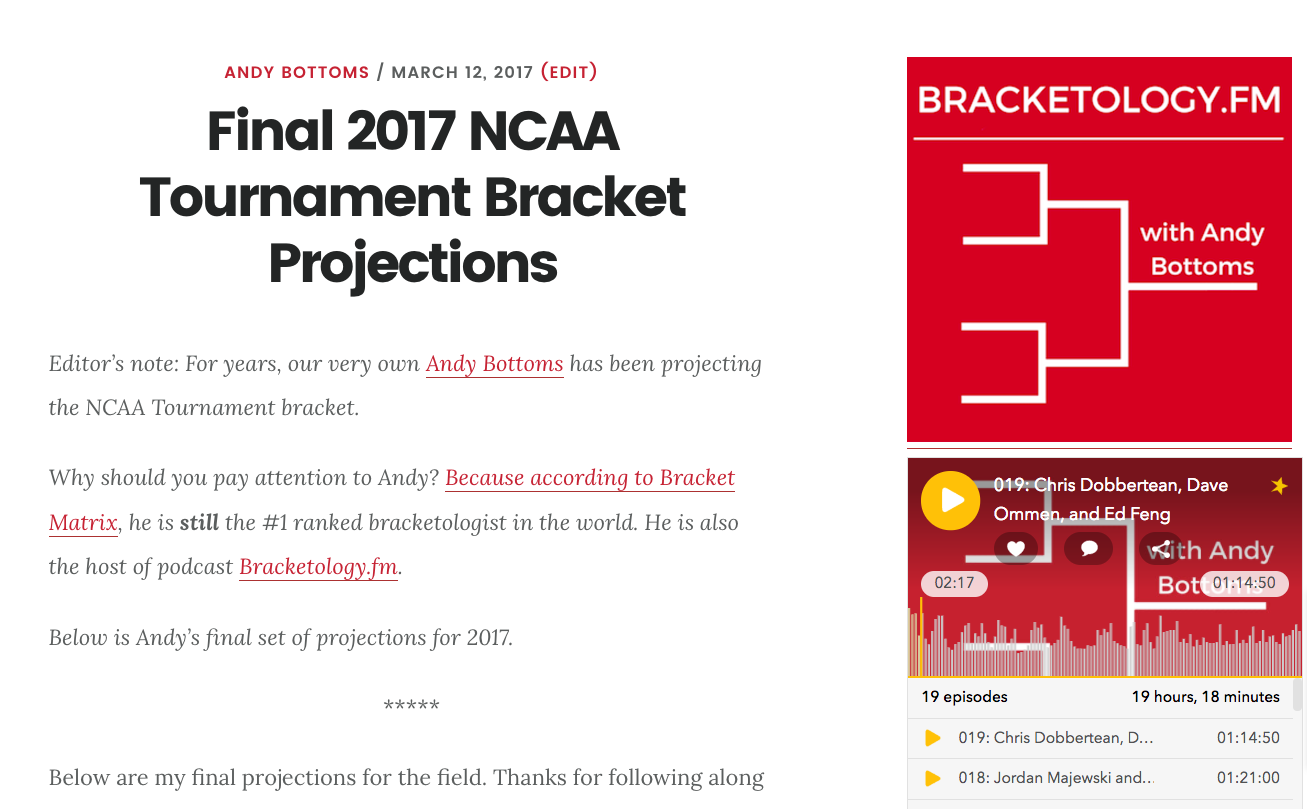
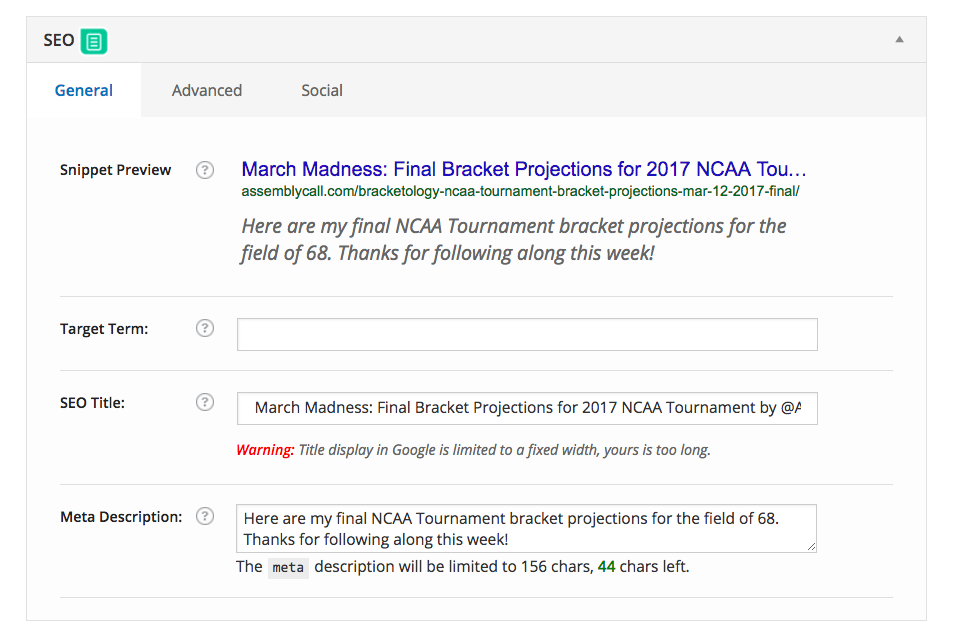


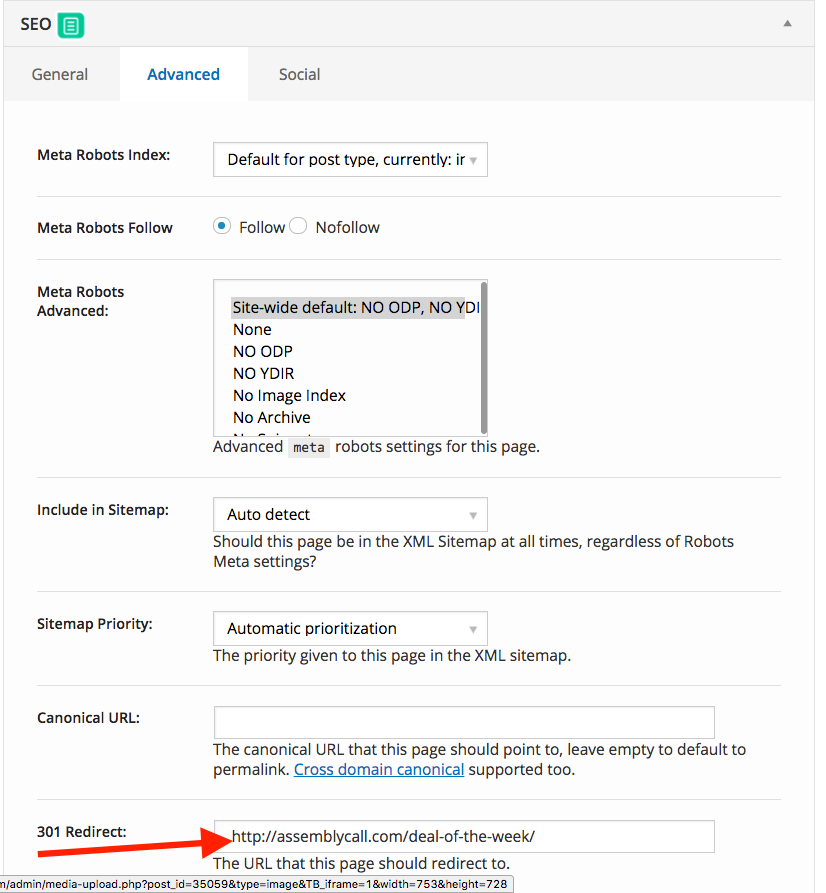
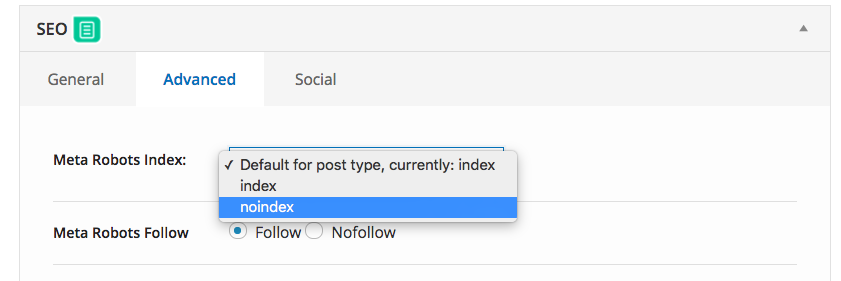
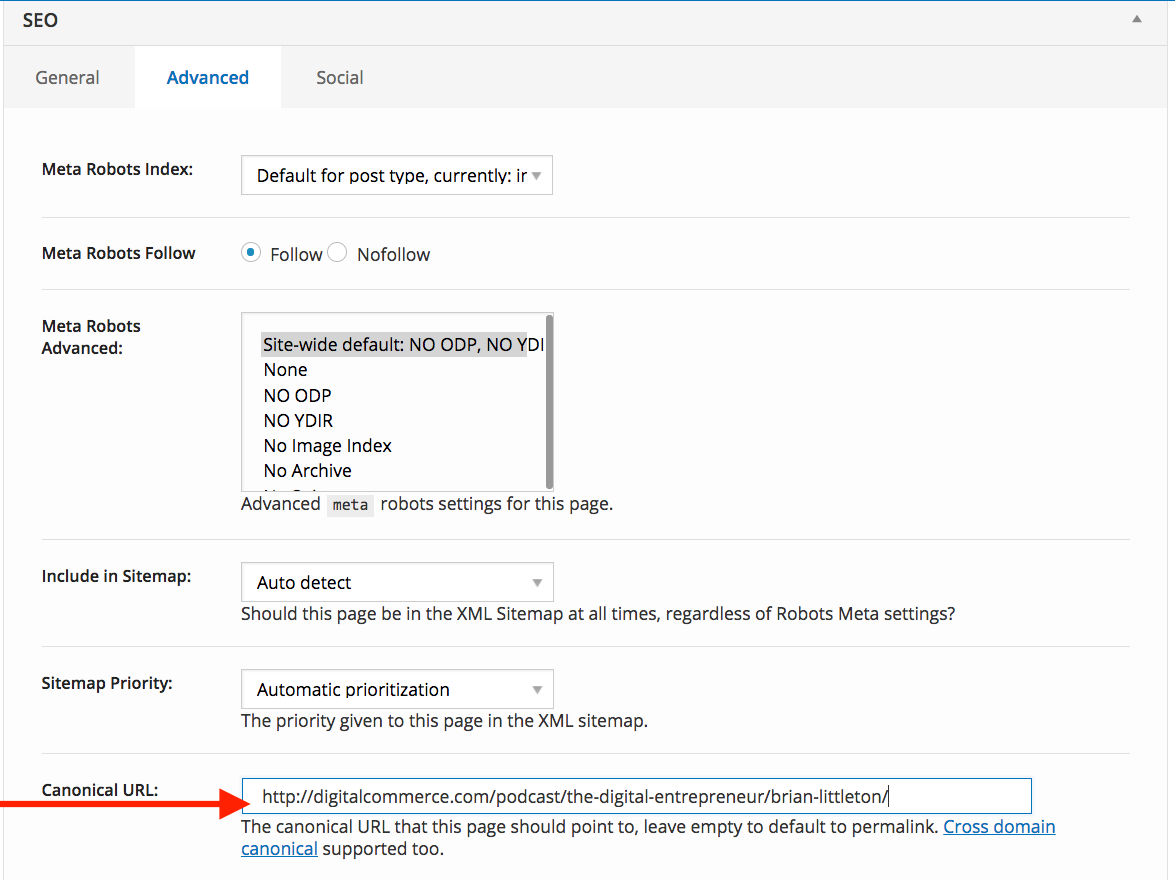
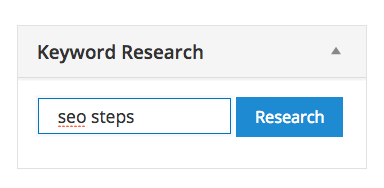
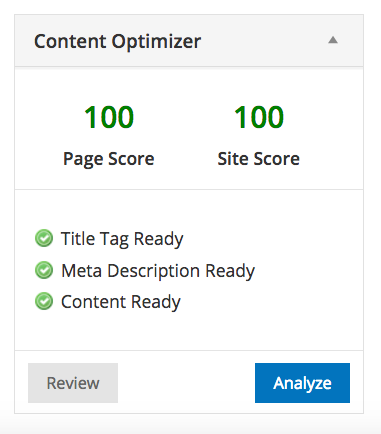
No comments:
Post a Comment